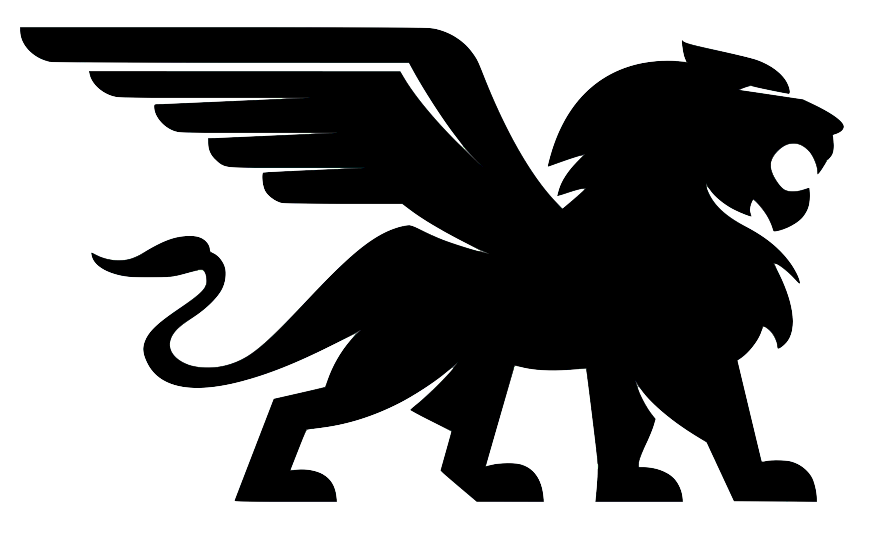Life Choices as a High-Dimensional Optimization
The High-Dimensional Life Landscape
Picture each life decision happening across thousands of dimensions: career fulfillment, financial security, relationship quality, health, personal growth, family time, creative expression, social impact, location preferences, value alignment, intellectual stimulation, and countless others. A surprising mathematical result is that the number of true local maxima decresases exponentionally as the number of dimensions increases. There are a few potentially useful implications:
1. Most "stuck" feelings are saddle points, not true local maxima
When you feel trapped in life, you're probably not at a true optimum — there are likely escape routes in dimensions you haven't considered. Just like high-dimensional optimization, genuine deadends are rarer than they feel.
2. The uncertainty of whether you have found a global maximum still applies
If you do find a life configuration that feels like a true local maximum, it doesn't guarantee it's globally optimal. You might have found one of the few stable peaks, but there could be much better ones elsewhere in the landscape.
The Overparameterization Analogy
From machine learning research, we have seen that within a very high-dimensional space, local minima (for loss functions) tend to have similar performance because of overparameterization. How might this apply by analogy to the high-dimensional life landscape?
We have vastly more choices than previous generations:
- Infinite career paths instead of following family trades
- Global mobility and relationship options
- Endless educational and recreational possibilities
Like overparameterized neural networks, there are exponentially many ways to "fit" your core needs and values. The anxiety about making the "perfect" choice may be misplaced — there are likely countless equivalent solutions. There are simply too many possible ways to satisfy your core needs relative to how many core needs you actually have.
The Frustration Analogy
From non-equilibrium statistical mechanics and condensed matter physics research, we know something of the mechanism behind the near equivalency of local minima — "frustration": systems with competing interactions at low temperatures enter into a "frustrated" spin glass phase where there are many nearly equal local minima.
Life is full of genuinely conflicting constraints:
- Career ambition vs. work-life balance
- Financial security vs. meaningful work
- Individual growth vs. relationship commitment
- Stability vs. adventure
- Present enjoyment vs. future preparation
Just like frustrated spin glass systems, we can't satisfy all constraints simultaneously. The "spin glass phase" of life means accepting that we'll end up in one of many "good enough" compromise solutions rather than a perfect optimum.
Practical Implications
1. Embrace the plateau: If multiple choices seem equivalently good, they probably are.
2. Look for saddle points: When feeling stuck, systematically explore new dimensions rather than optimizing harder in familiar ones.
3. Accept fundamental trade-offs: Stop seeking the impossible perfect solution that satisfies all constraints.
4. Trust the process: In high dimensions, local improvements often lead somewhere good, even if you can't see the global picture.
